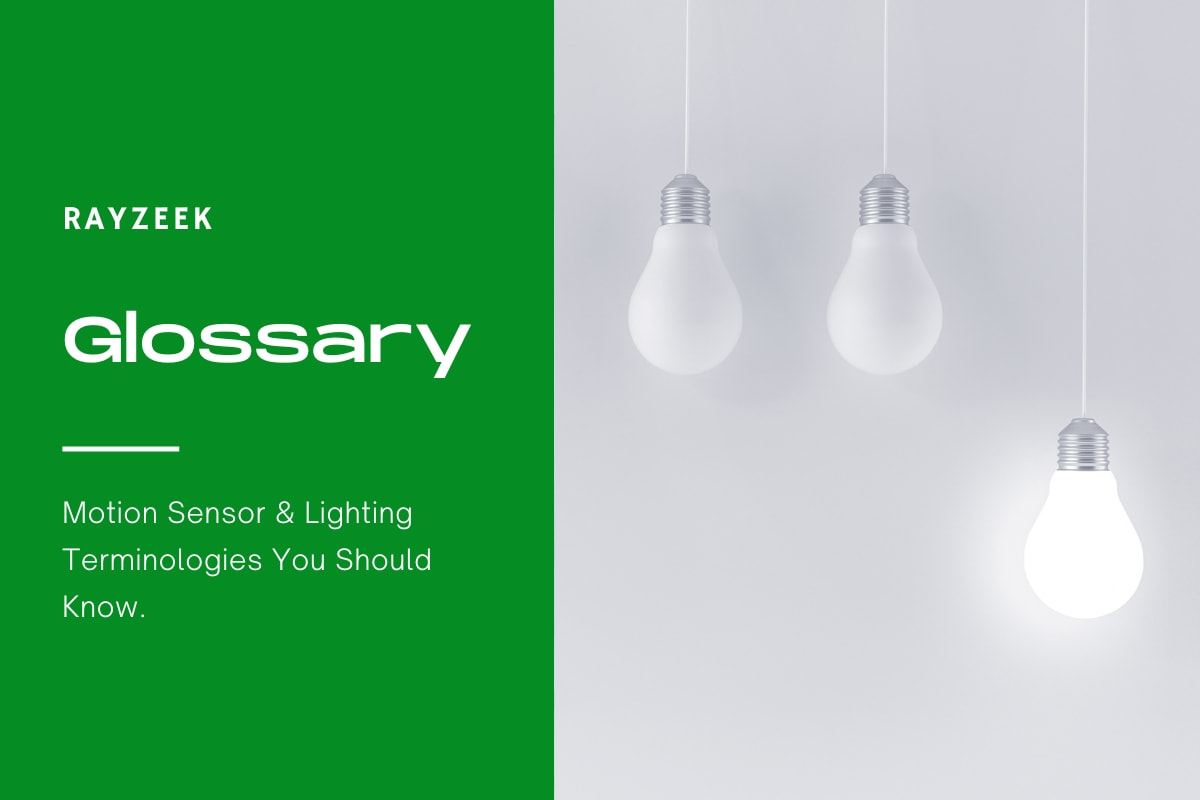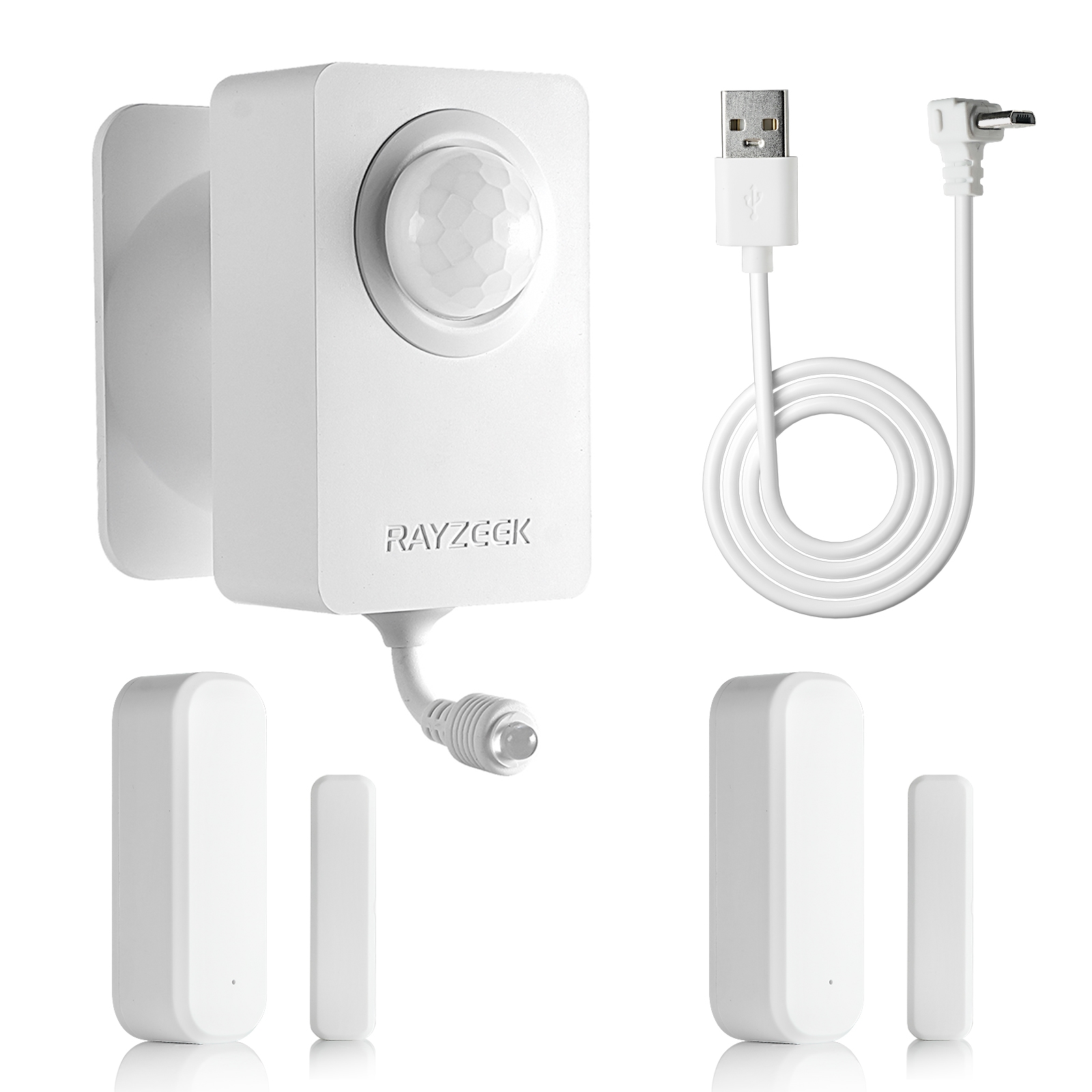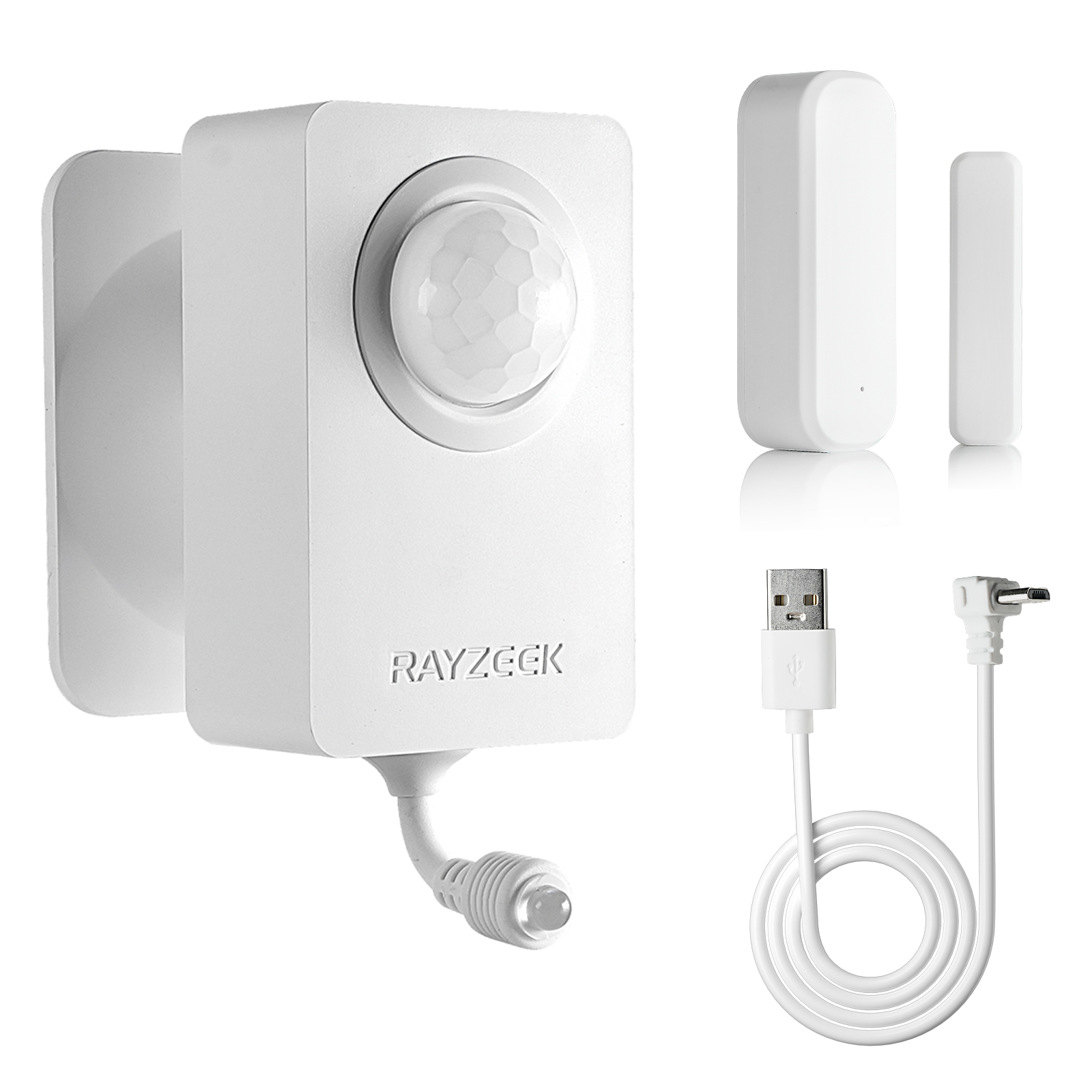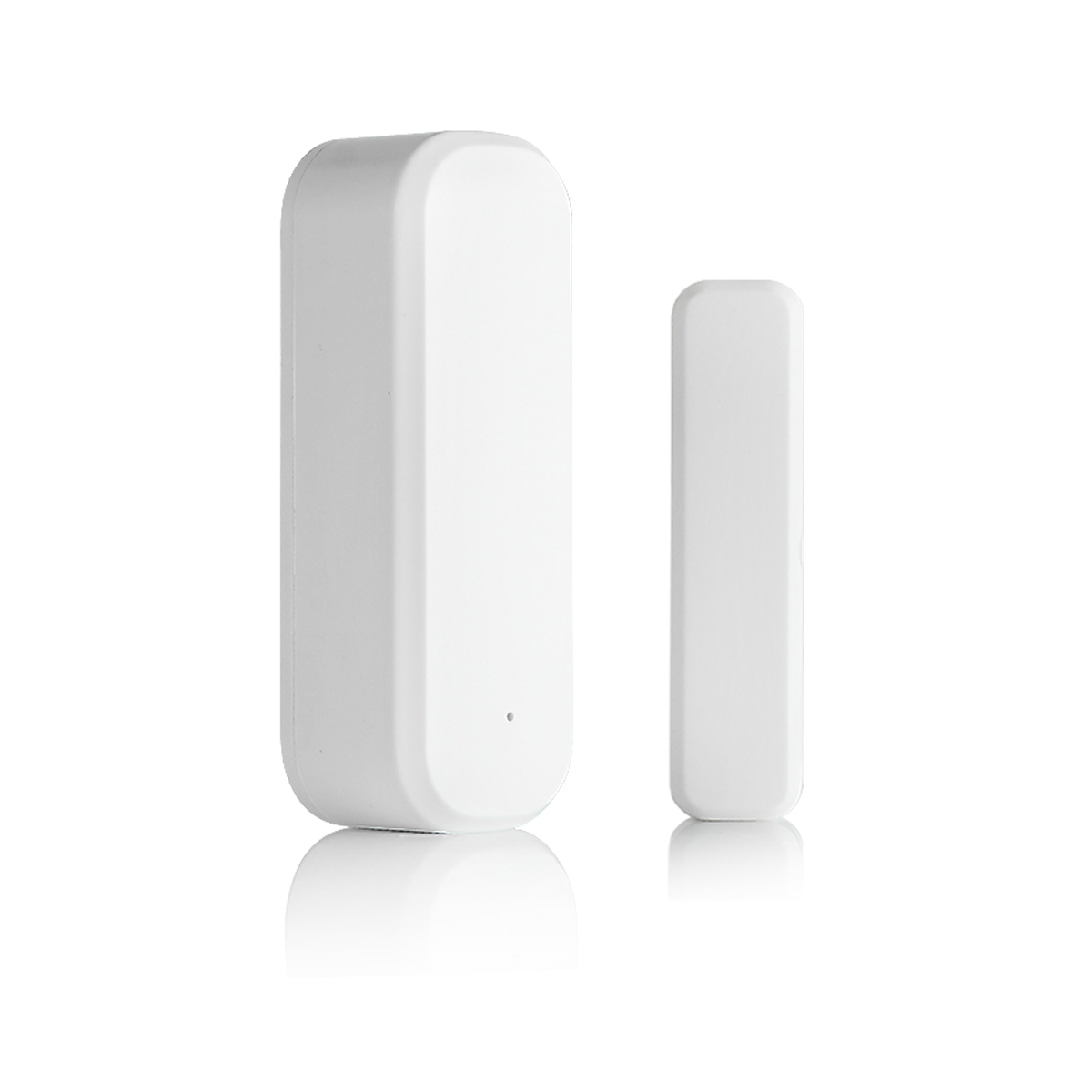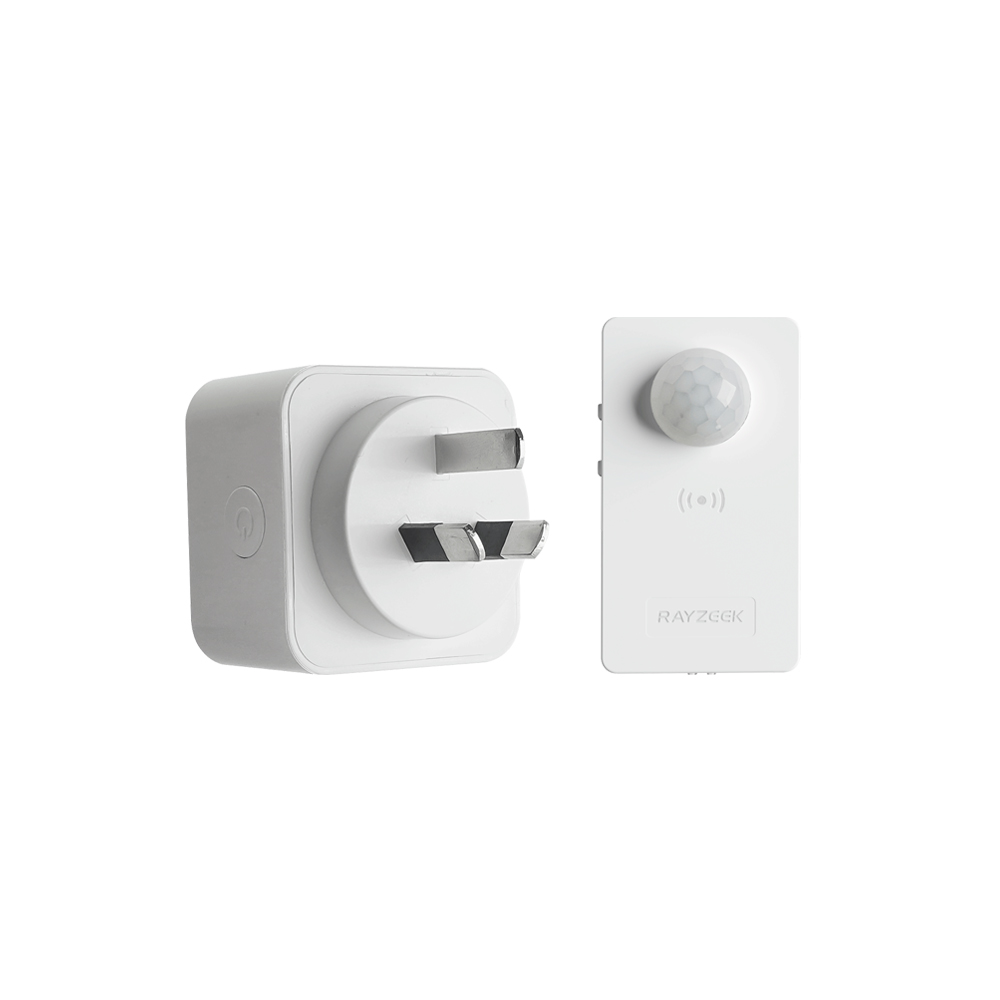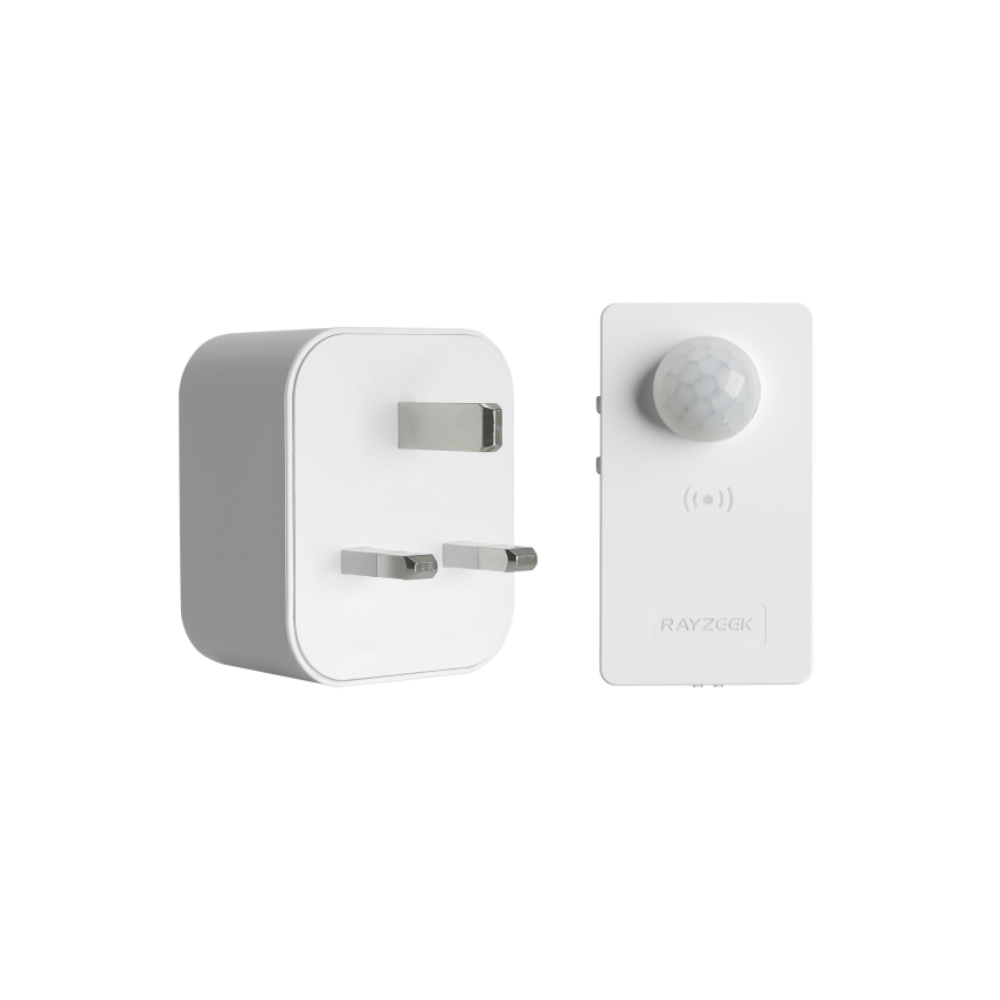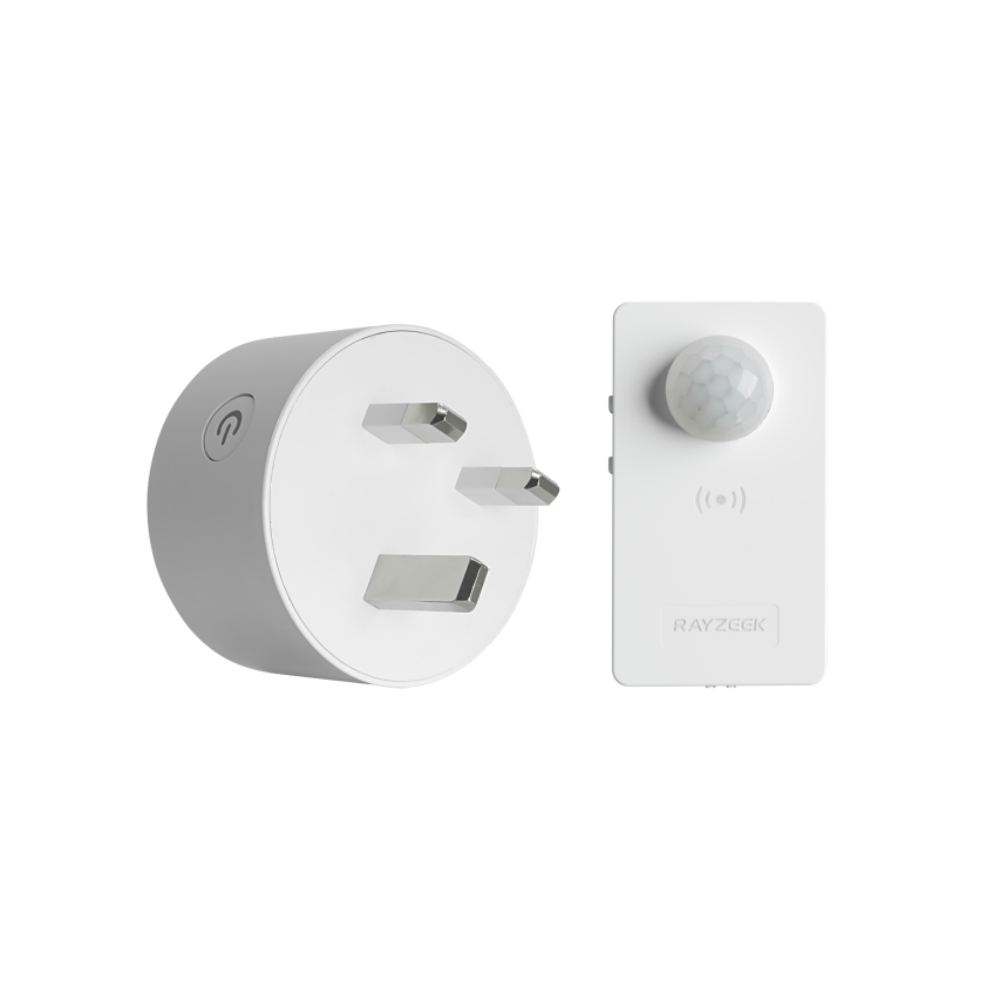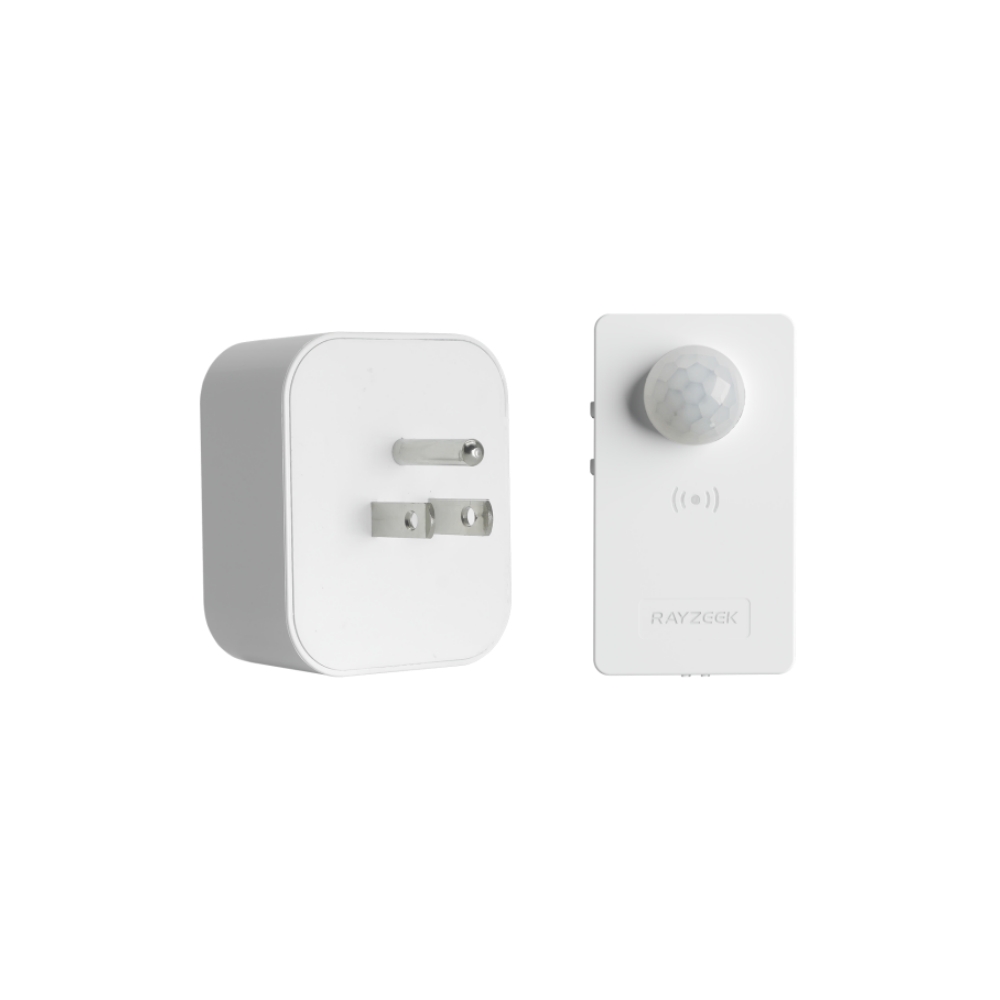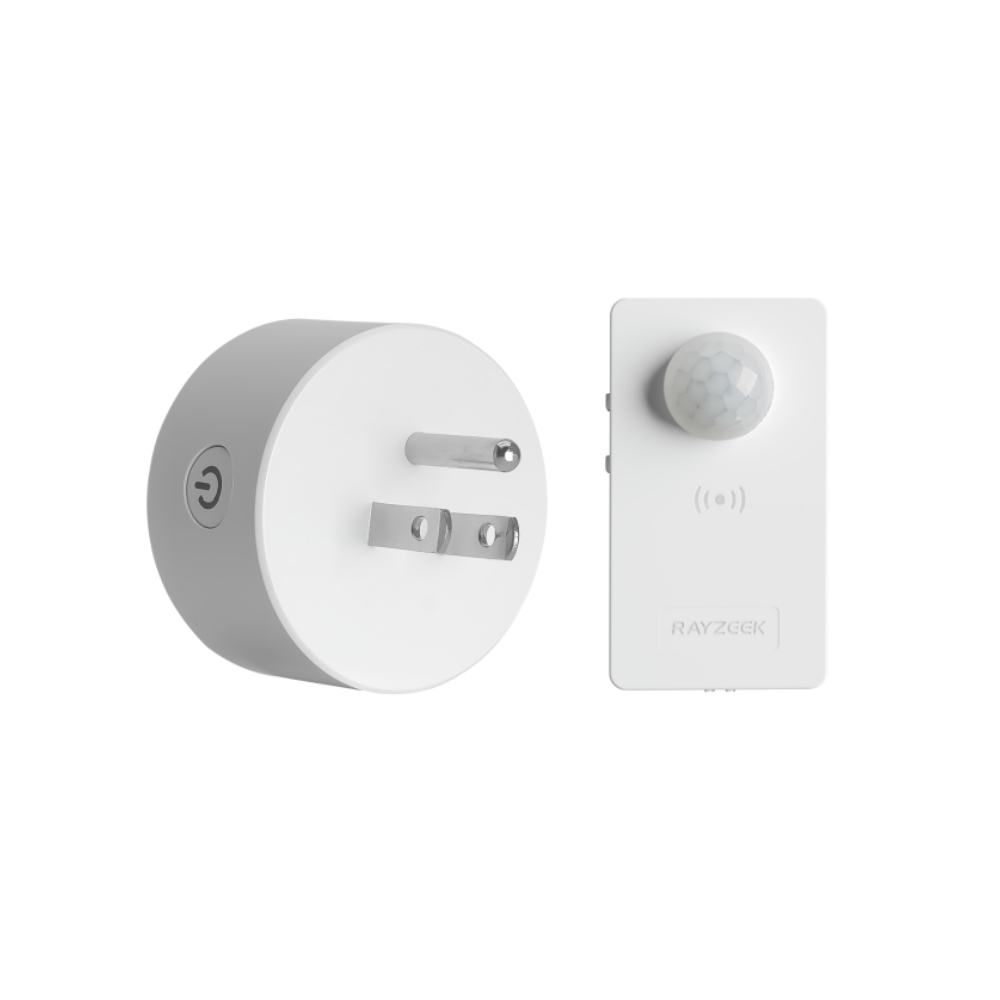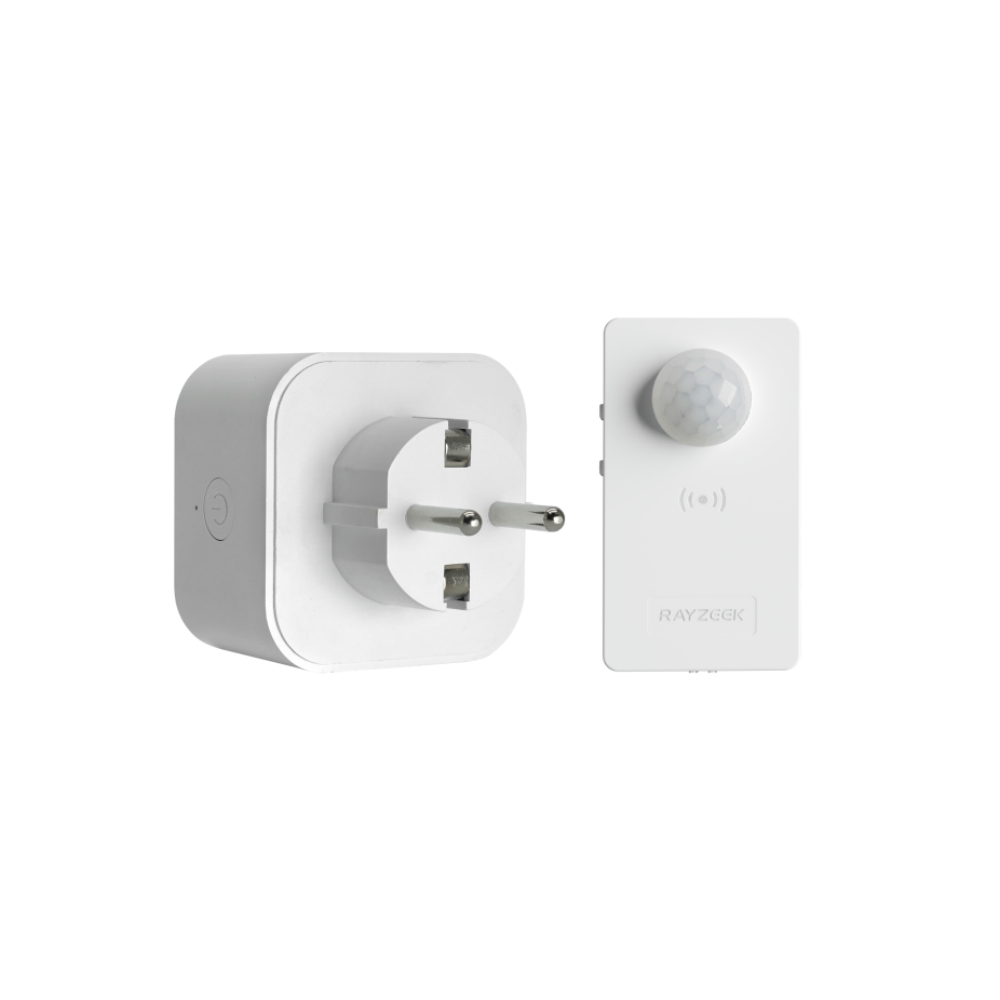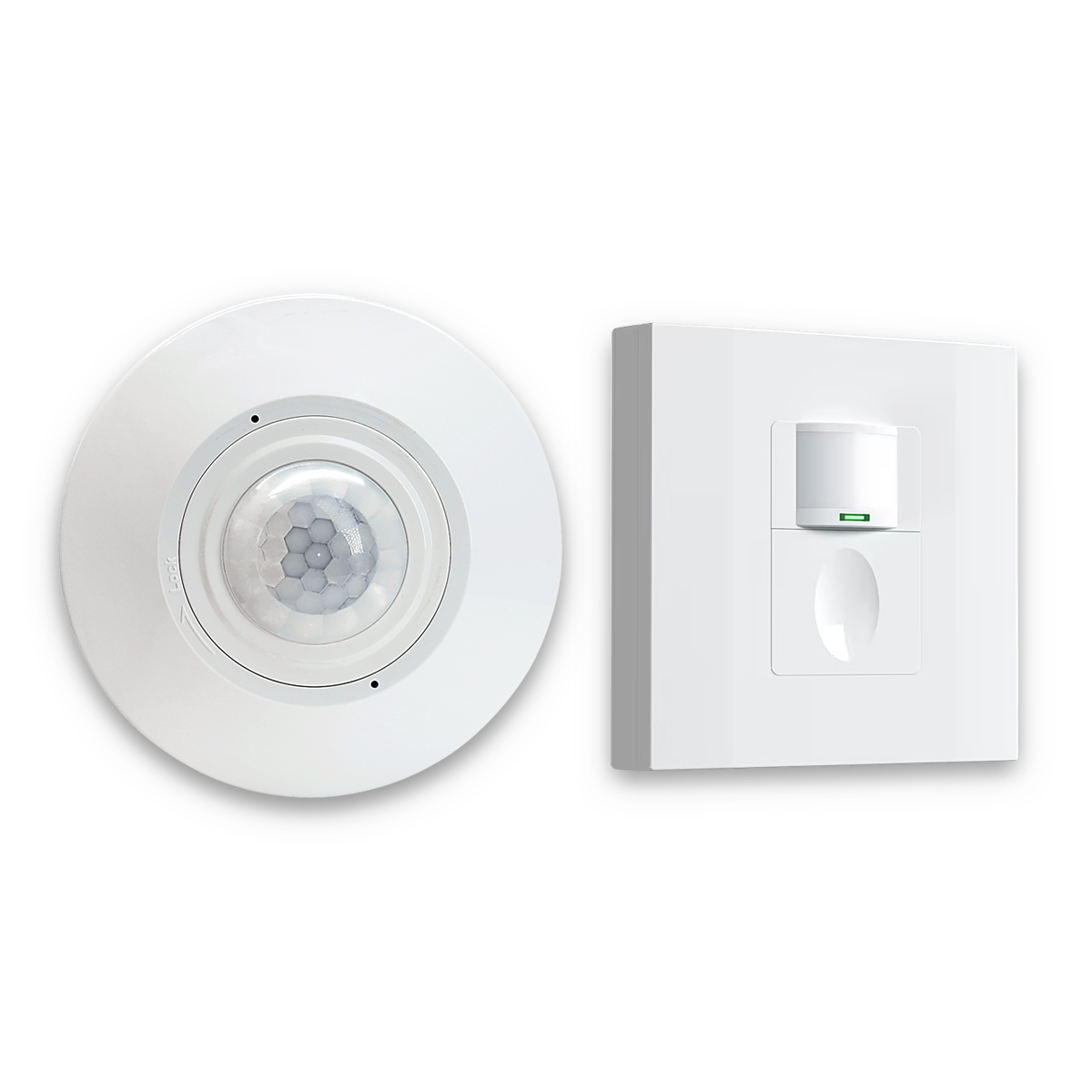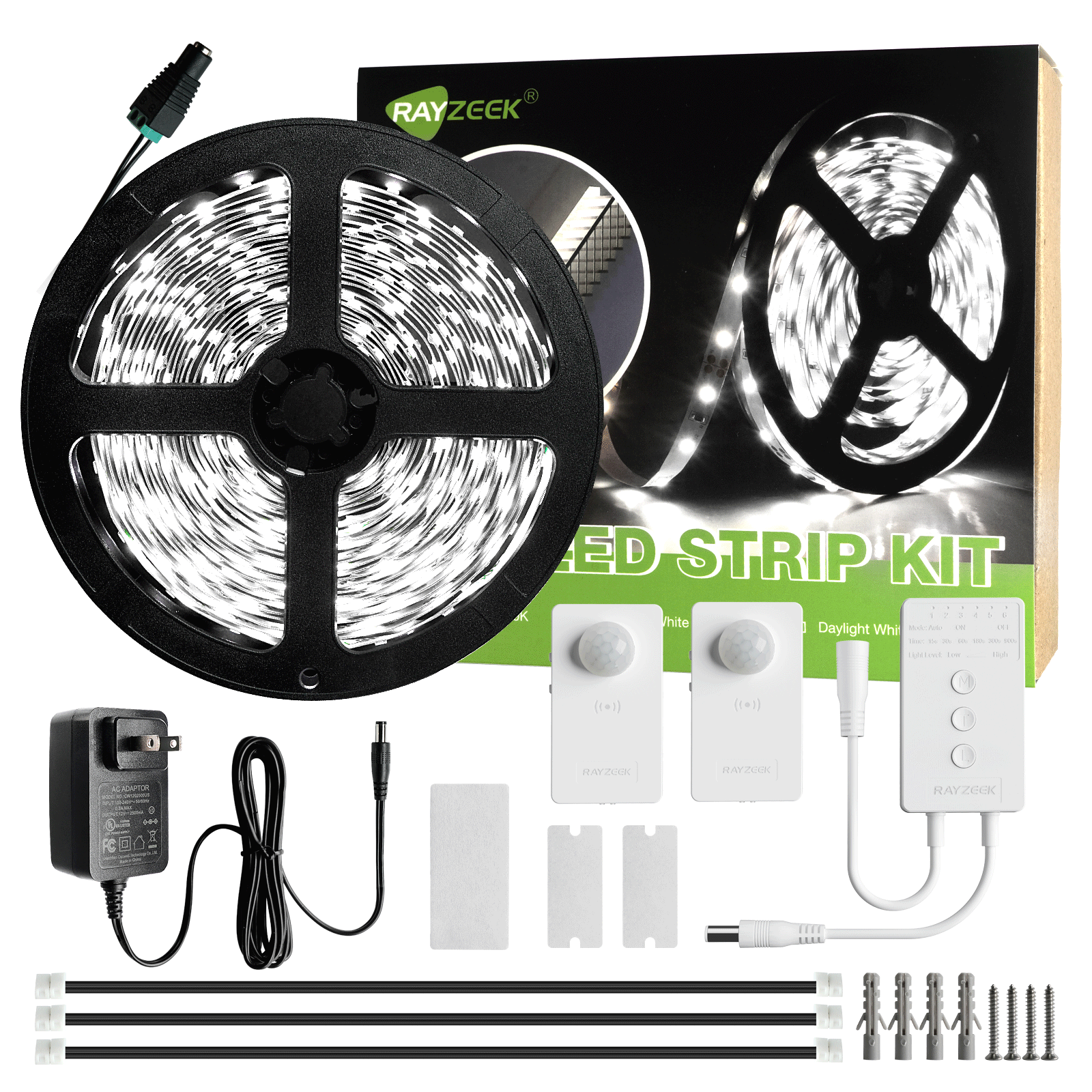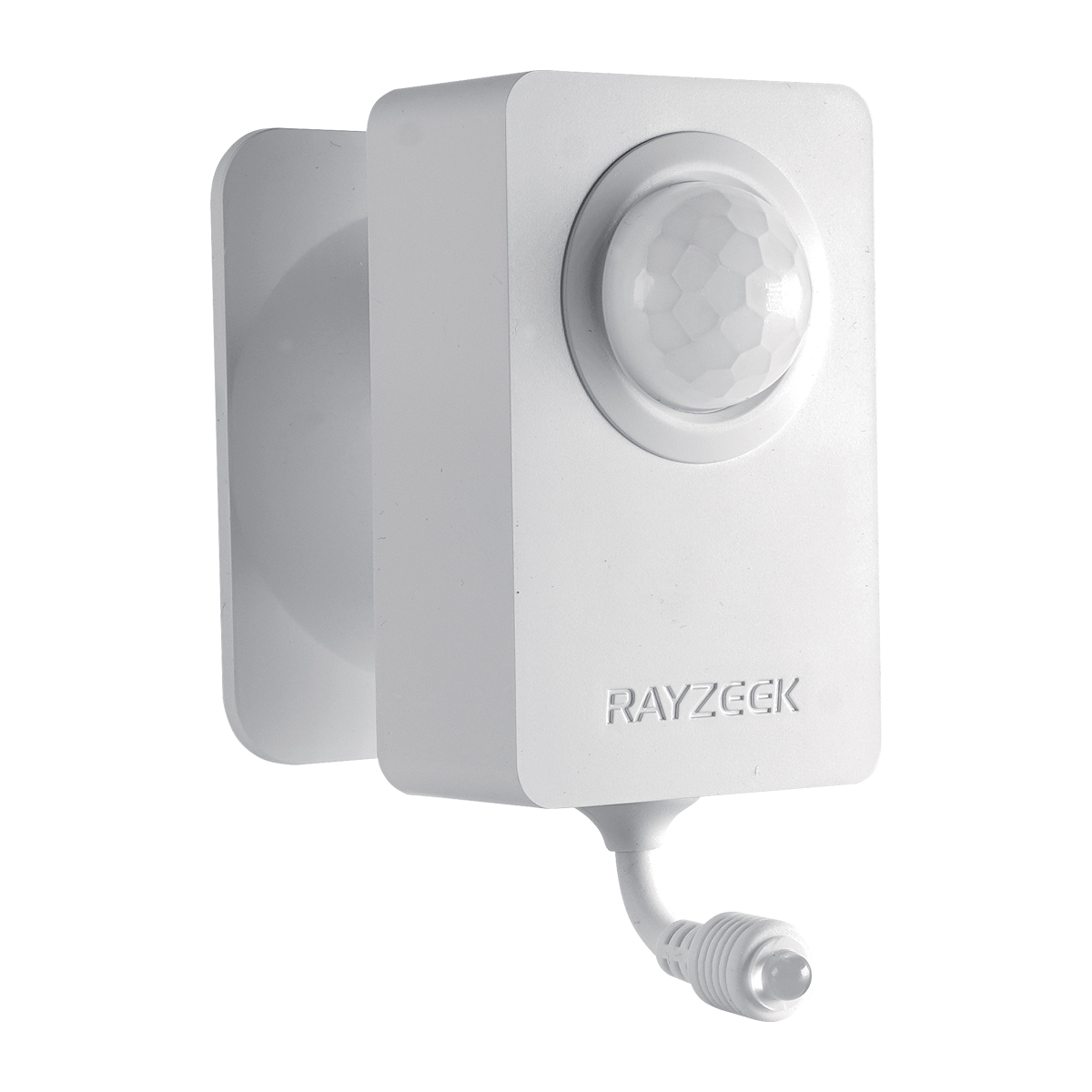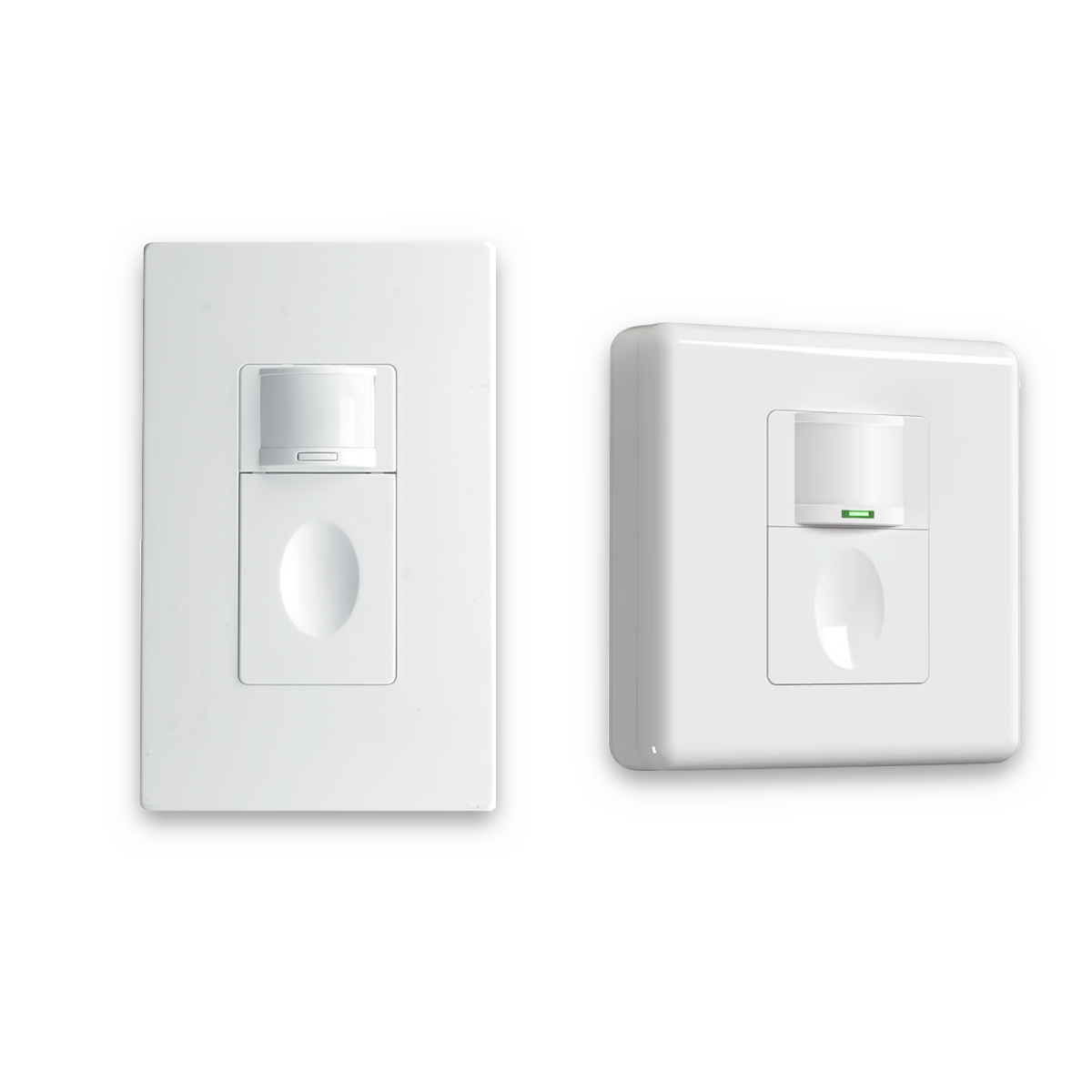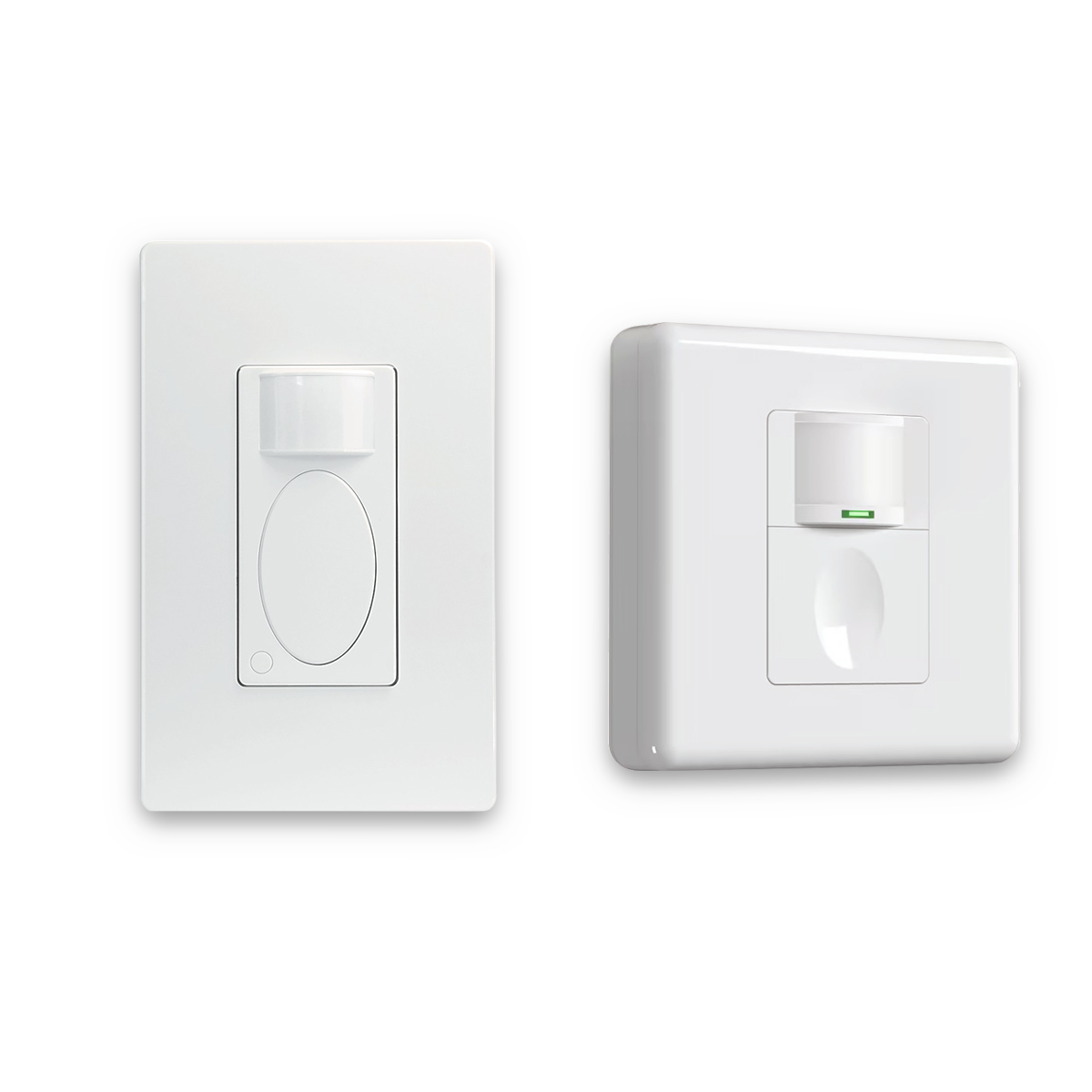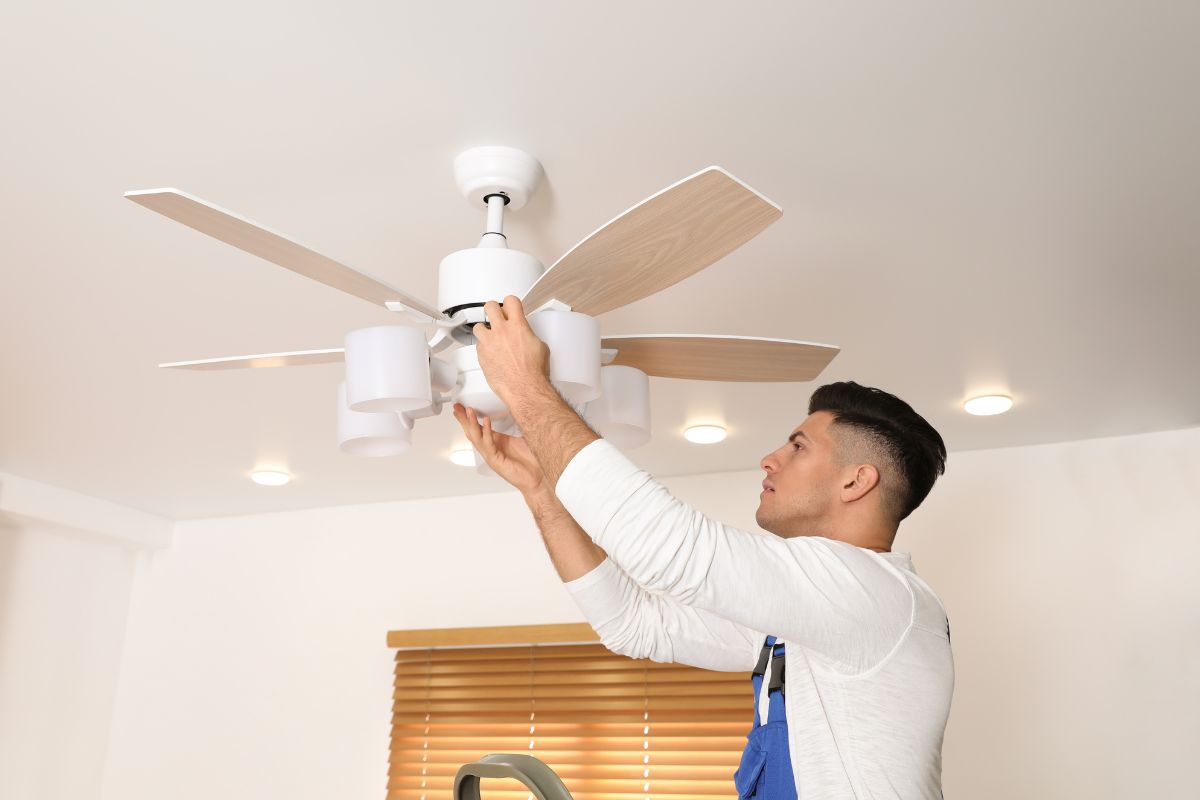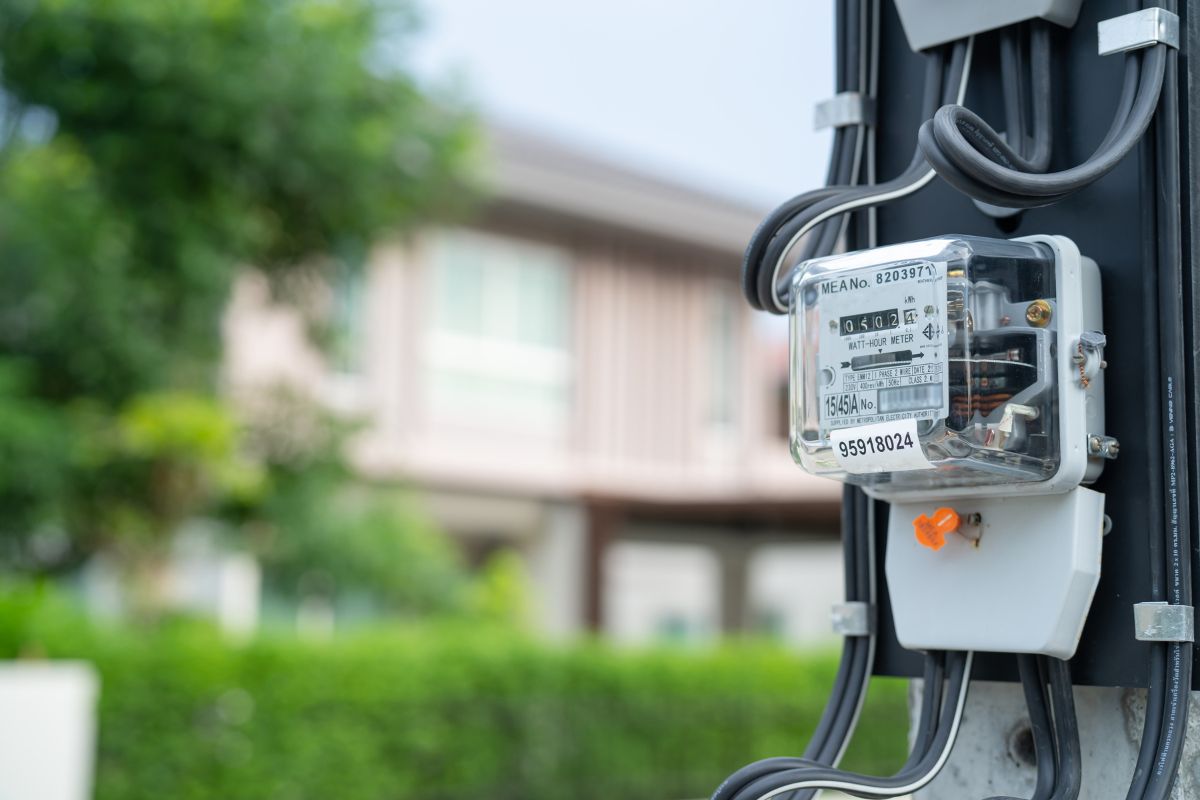What is Lighting Control
Lighting control is the system or technologies that are used to regulate and manipulate the intensity of light and the color temperature in a specific area. These controls help achieve energy efficiency, create different lighting scenes, and enhance user experience.
There are two main types of lighting controls: manual controls and intelligent controls. Manual controls are the most basic and widespread form of lighting control. They involve manual inputs, such as light switches and dimming switches, which allow users to control the level of light output beyond simple on/off capabilities. Dimming switches, for example, enable users to create different light scenes and save energy by adjusting the light output. Intelligent lighting controls have evolved over the years to incorporate advanced technologies and provide enhanced functionalities. These controls can interact with other building systems and provide useful data insights for users of the space. They offer flexibility in ever-changing buildings and cater to the individual needs of people in different spaces, optimizing user comfort.
Looking For Motion-Activated Energy-Saving Solutions?
Contact us for complete PIR motion sensors, motion-activated energy-saving products, motion sensor switches, and Occupancy/Vacancy commercial solutions.
Lighting controls also contribute to energy efficiency by allowing users to regulate the intensity of light based on the specific requirements of the space. By implementing lighting controls, individuals and organizations can minimize costs, achieve building standards, and reach critical sustainability targets.
The evolution of lighting controls has seen the emergence of open protocols like DALI (Digital Addressable Lighting Interface) in the late 1990s. DALI and its newer version, DALI-2, serve as open standards for lighting, improving interoperability and enabling lighting systems to interact with components from different manufacturers.
Wireless technology has also been incorporated into lighting controls. Wireless lighting controls utilize radio waves for communication between different devices, eliminating the need for low-voltage hardwiring. This wireless mesh network allows for easy and secure addition, removal, and replacement of devices. Bluetooth Low-Energy (BLE) is commonly used as the low-power, short-range radio technology for wireless lighting controls.
Maybe You Are Interested In
Automation plays a significant role in modern lighting control systems. Various sensors, such as movement sensors, infrared (IR) radiation sensors, and sound sensors, enable automatic switching on and control of light levels in specific areas. Software and applications offer a wide range of possibilities for configuring the behavior of lighting control systems.

